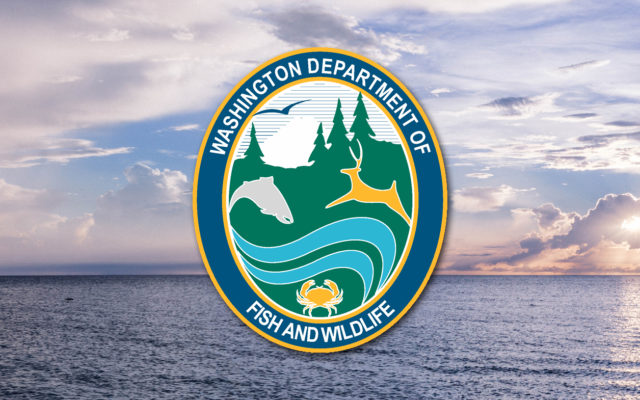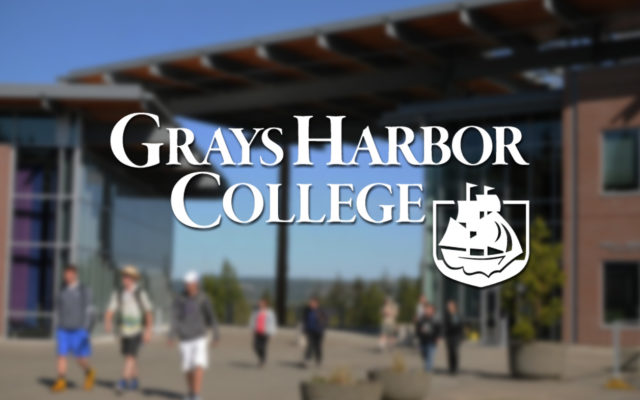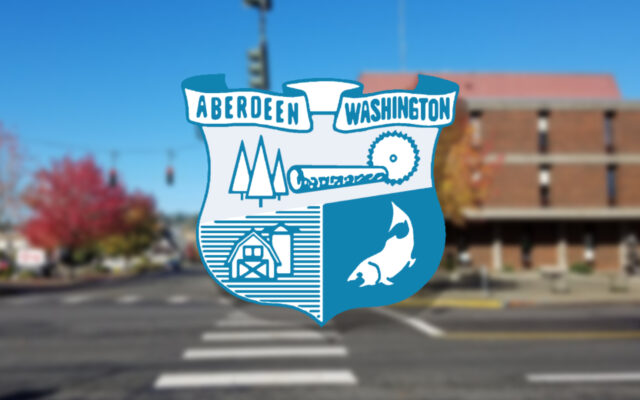WDFW invites public to participate in annual salmon season-setting process

Multiple opportunities are available for residents to participate as part of setting state-managed salmon seasons in 2022.
The Washington State Department of Fish & Wildlife issued a notice stating these opportunities begin with a statewide forecast meeting on March 4.
Officials say that meeting is just one of more than a dozen virtual meetings scheduled in the coming months to discuss salmon fisheries across Washington as part of the season-setting process known as North of Falcon.
North of Falcon refers to waters north of Oregon’s Cape Falcon, which marks the southern border of management of Washington’s salmon stocks. This includes Puget Sound, Columbia River, and coastal Washington salmon stocks.
Input from anglers, commercial fishers and others interested in salmon fishing will be considered while state fishery managers partner with tribal co-managers to craft this year’s fisheries.
“Interest in Pacific Northwest salmon fisheries has grown significantly in recent years, and the season-setting process is a crucial time for the public to engage as we work alongside tribal co-managers,” said WDFW Director Kelly Susewind. “This process is about cooperation and collaboration, as well as better understanding the diverse interests of sport anglers and commercial operators across the state.”
“North of Falcon is a critical venue where each treaty tribe engages in the sovereign process of negotiating fisheries with our state co-managers,” said Ed Johnstone, chairman of the Northwest Indian Fisheries Commission. “Fisheries management only gets more challenging because of ongoing loss of habitat, declining salmon runs and impacts of climate change. Tribes of the Northwest Indian Fisheries Commission have a responsibility to make tough decisions as stewards for the resource to protect fish for our children and their children.”
From 9 a.m. to 2 p.m. on Friday, March 4, WDFW will present initial forecasts developed by WDFW and tribal fisheries biologists. WDFW and tribal forecasters use a suite of scientific data, including watershed sampling and monitoring, ocean indicators, and previous year returns, to estimate the number of salmon and steelhead that will return to Northwest waters, and how many fish will be available for harvest.
In addition to attending virtual meetings, other ways the public can participate in the state’s process include:
- Online comments: The public can now provide general comments on potential fisheries at WDFW’s North of Falcon public input page. Additional comment opportunities on specific seasons and fisheries will be available as forecasts and proposed season summaries are made available.
- Conference calls and daily briefings: During the final days of negotiations, state fish managers plan to hold briefings each day, which will be available via conference call.
For a full timeline of the state’s North of Falcon process, including a public meeting schedule with opportunities to participate in virtual meetings and provide public feedback, visit WDFW’s North of Falcon public meetings web page.
Any additional meetings will be added as they are scheduled.
These meetings will be conducted online and be available to the public to watch or listen via webinar or conference call.
This process occurs in tandem with Pacific Fishery Management Council (PFMC) public meetings to establish fishing seasons for salmon in ocean waters 3 to 200 miles off the Pacific coast. The PFMC will discuss preliminary options for ocean fisheries during its March 8-14 meeting and is expected to adopt final ocean fishing seasons and harvest levels at its April 6-13 meeting.
More information on these virtual meetings is available on the PFMC’s website.
You Might Also Like



